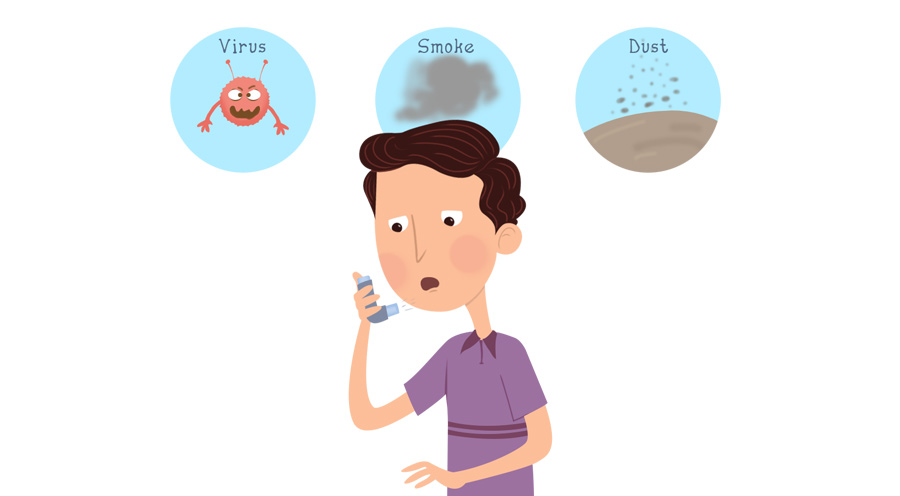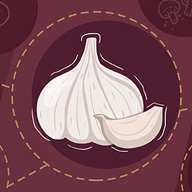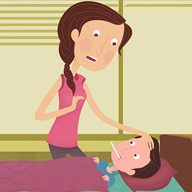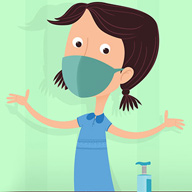Have you ever noticed your child getting breathless, developing a wheeze or sneezing and/or coughing incessantly during certain seasons? A majority of parents chalk it up to a low immune system or their child having caught the infection from one of their classmates. However, it can be far more serious than that.
Asthma is an inflammatory condition in the smaller airways of the lungs, making it difficult for child and adults to breathe properly. The inflammation can come about as a result of a severe allergic reaction to substances found in the environment, such as dust, dander, pollen and mould.
A systematic reaction from a child every time there is a change of season or pollen in the air, could point towards them having seasonal allergies. To understand what those are, let’s go over some of the symptoms that manifest during seasonal allergies –
- Depending on the severity of the allergic reaction, children can have symptoms in varying degrees. It could begin as tightness in the chest, followed by an inability to breathe or wheezing. More often, asthma begins in the childhood, in one form or another.
- More reactions happen during ‘hay fever’ season – during spring and autumn, when pollen is heavy in the air. The body reacts to the pollen and in turn causes tightening in the lungs and a difficulty in breathing. During these seasons, children may also develop rashes and itchiness on the body.
What are some of allergens to look out for?
During hay fever season, it is important to keep an eye out for the different triggers which could be hurting your child’s airways. Windblown pollen from trees, flowers and plants usually sends allergy ridden children running. Mornings are an especially bad time for children with seasonal allergies as their noses run and eyes water.
Other allergens can also include dust mites (usually found hiding in home carpeting), pollution or smoke in the air, cold air, strong chemical fumes or smells, animal dander (which can include hair, skin, feathers or saliva), and cockroach droppings.
The best way to understand your child’s allergies is to take them for a visit to the doctor’s office. There are several tests which can be taken to better understand your child’s allergies. Once you are aware of their triggers, you can better try to control their environment and help them through their seasonal/ allergic asthma.







